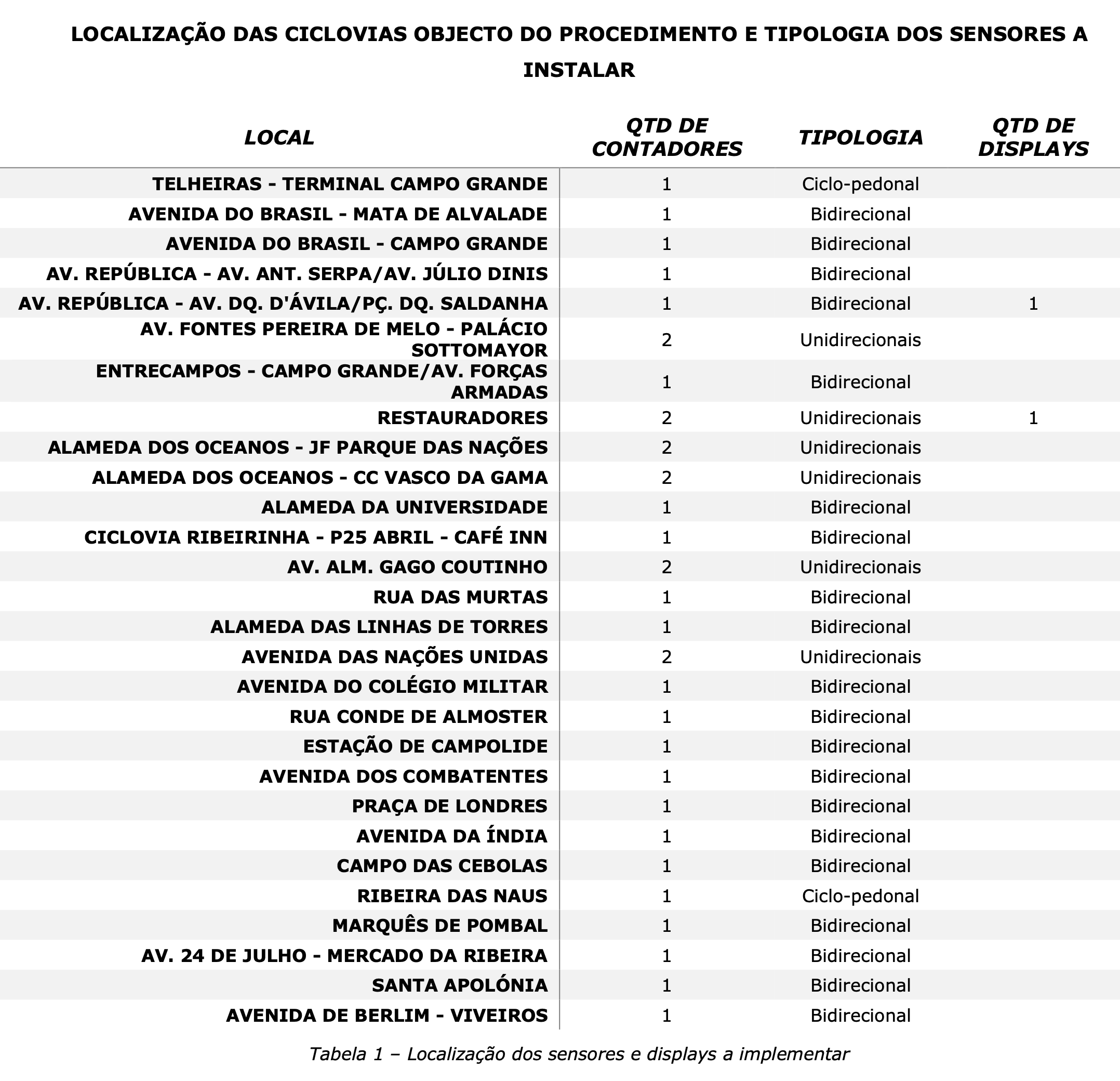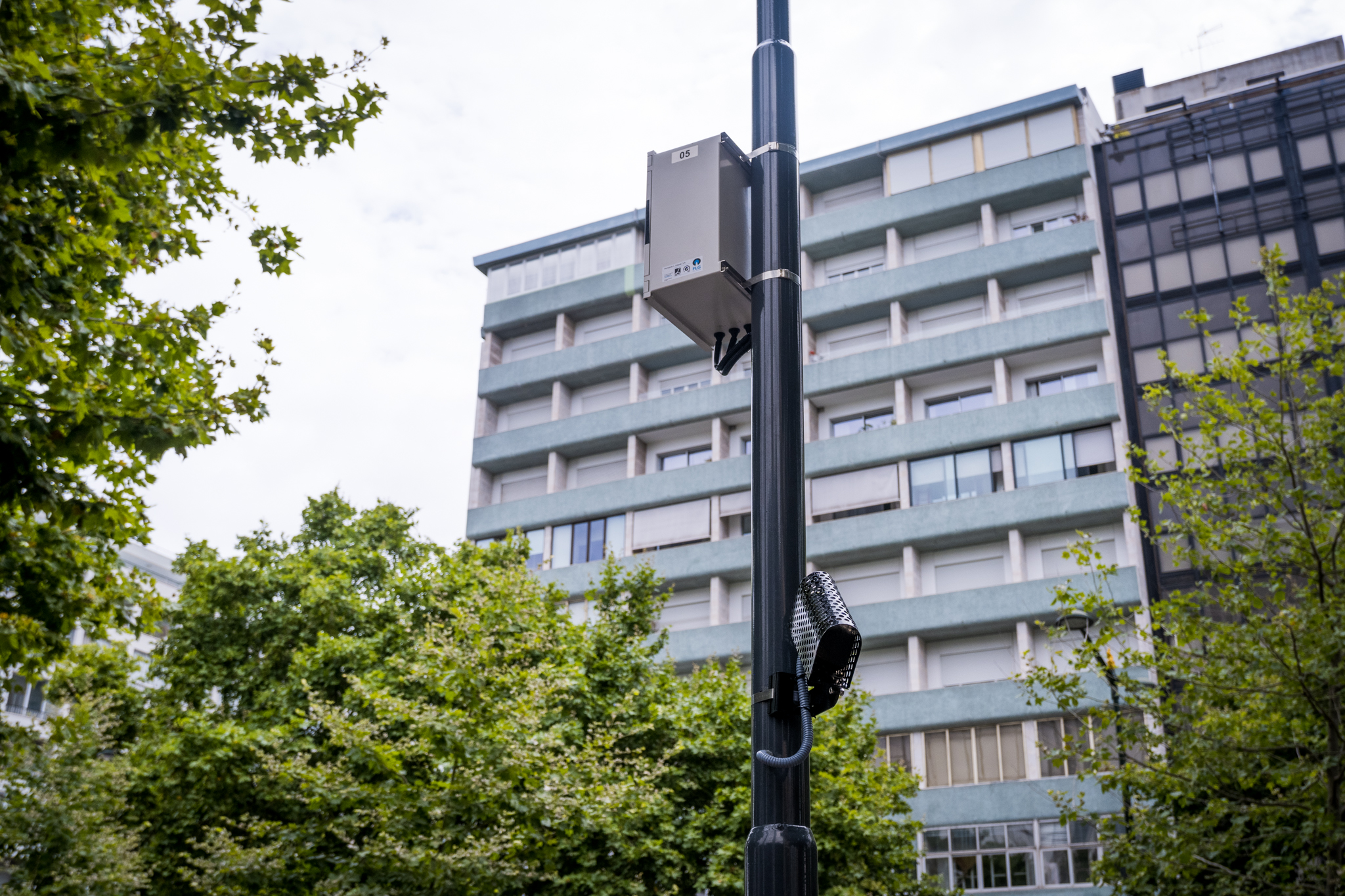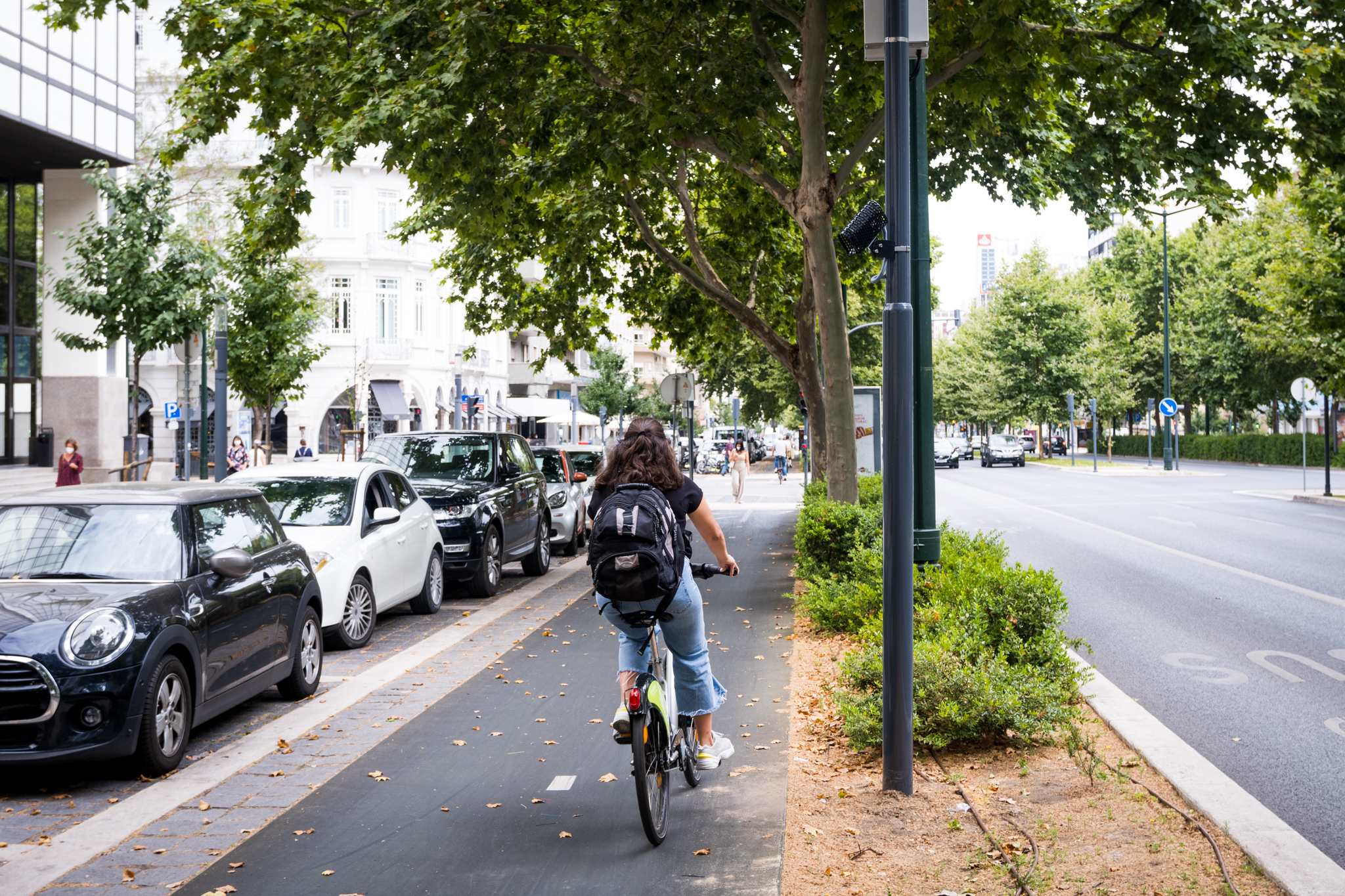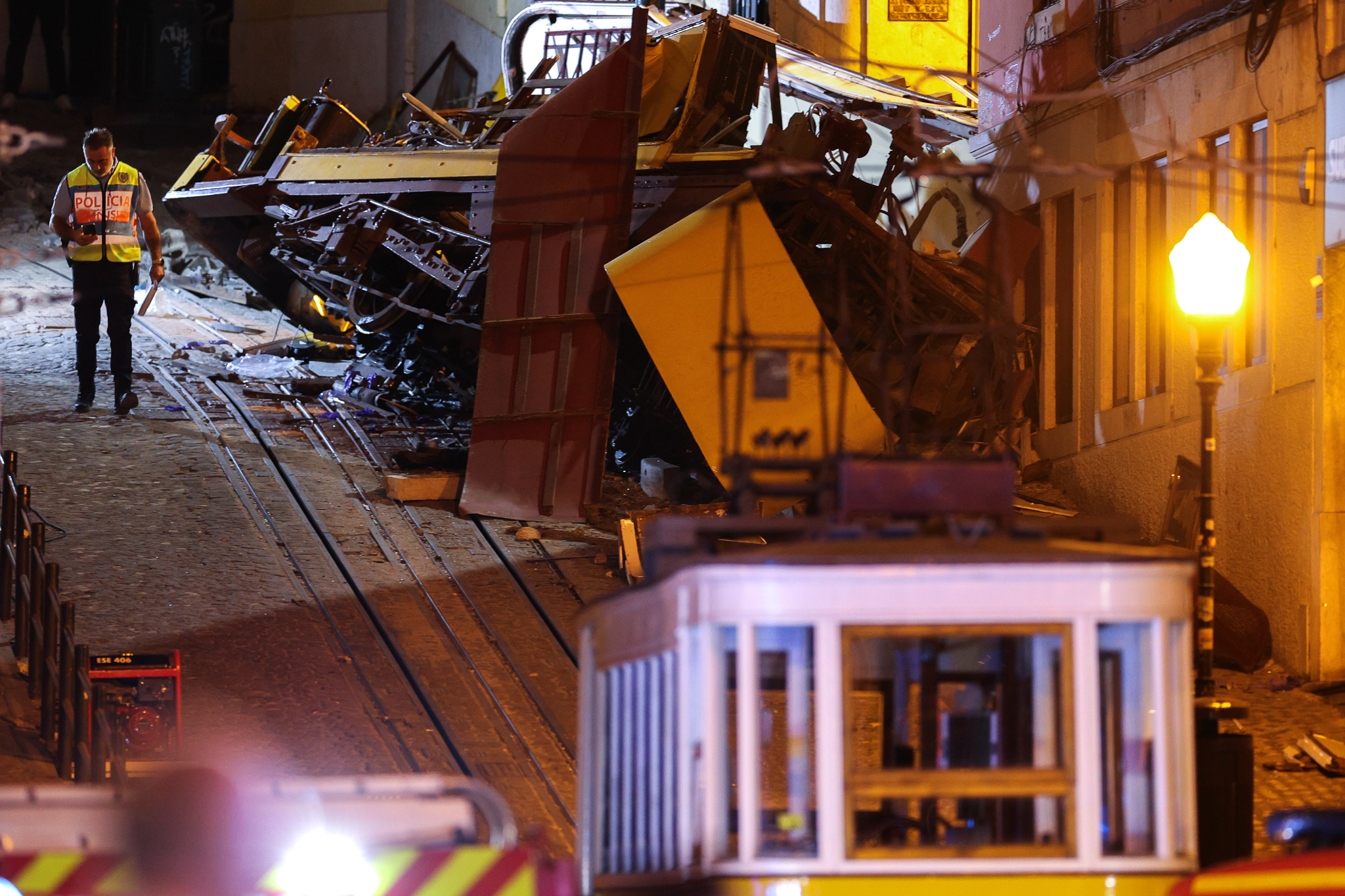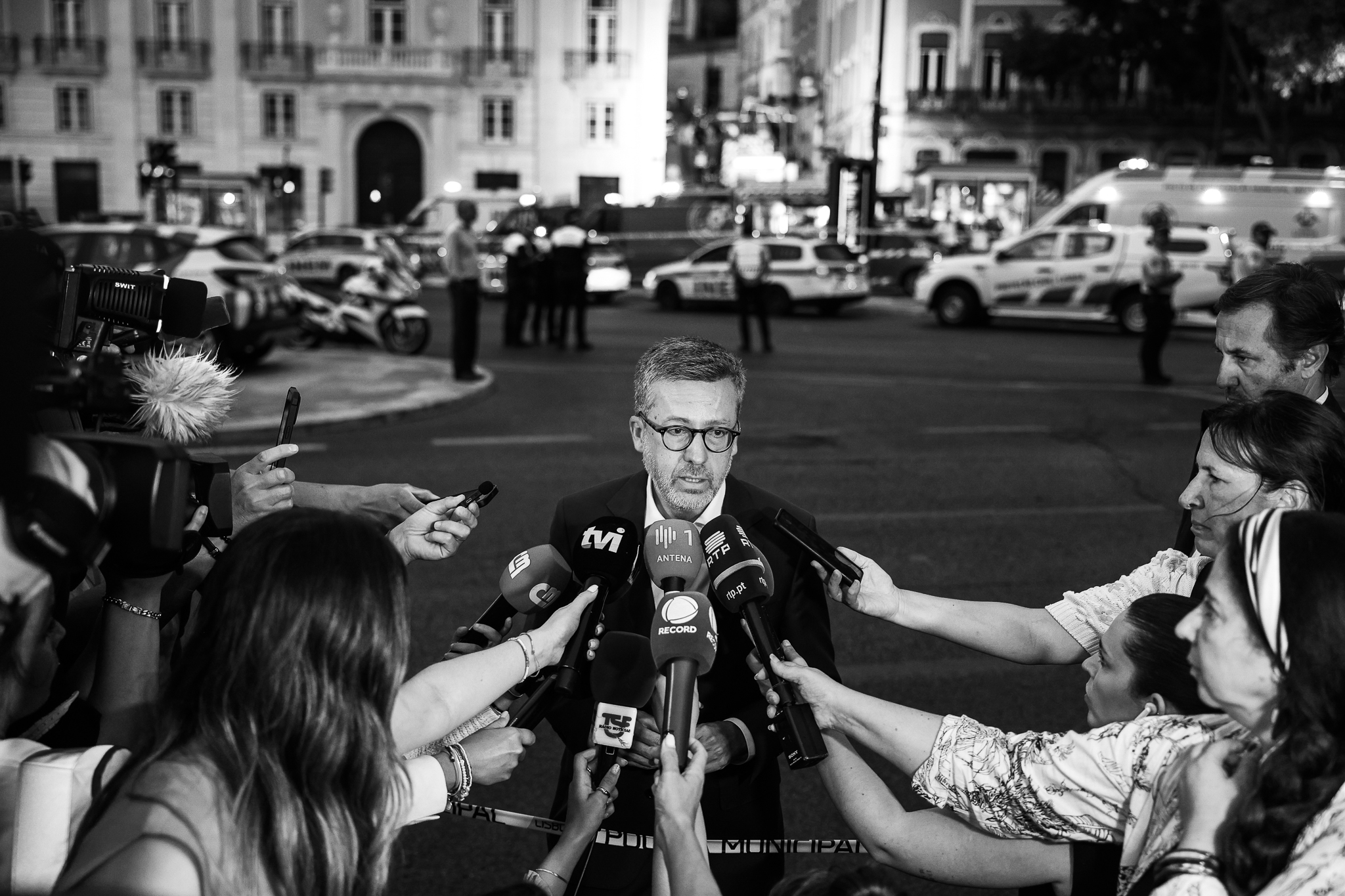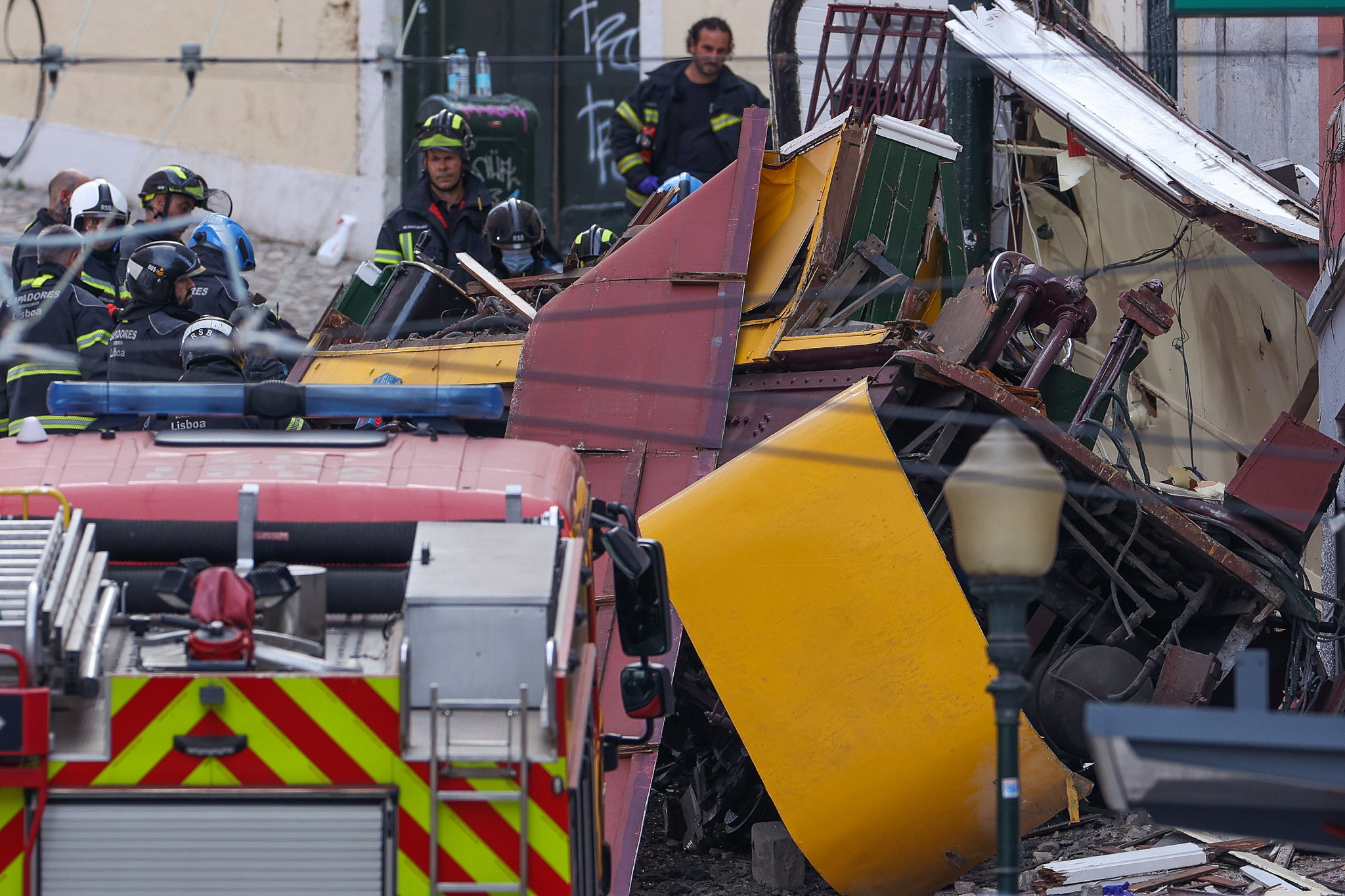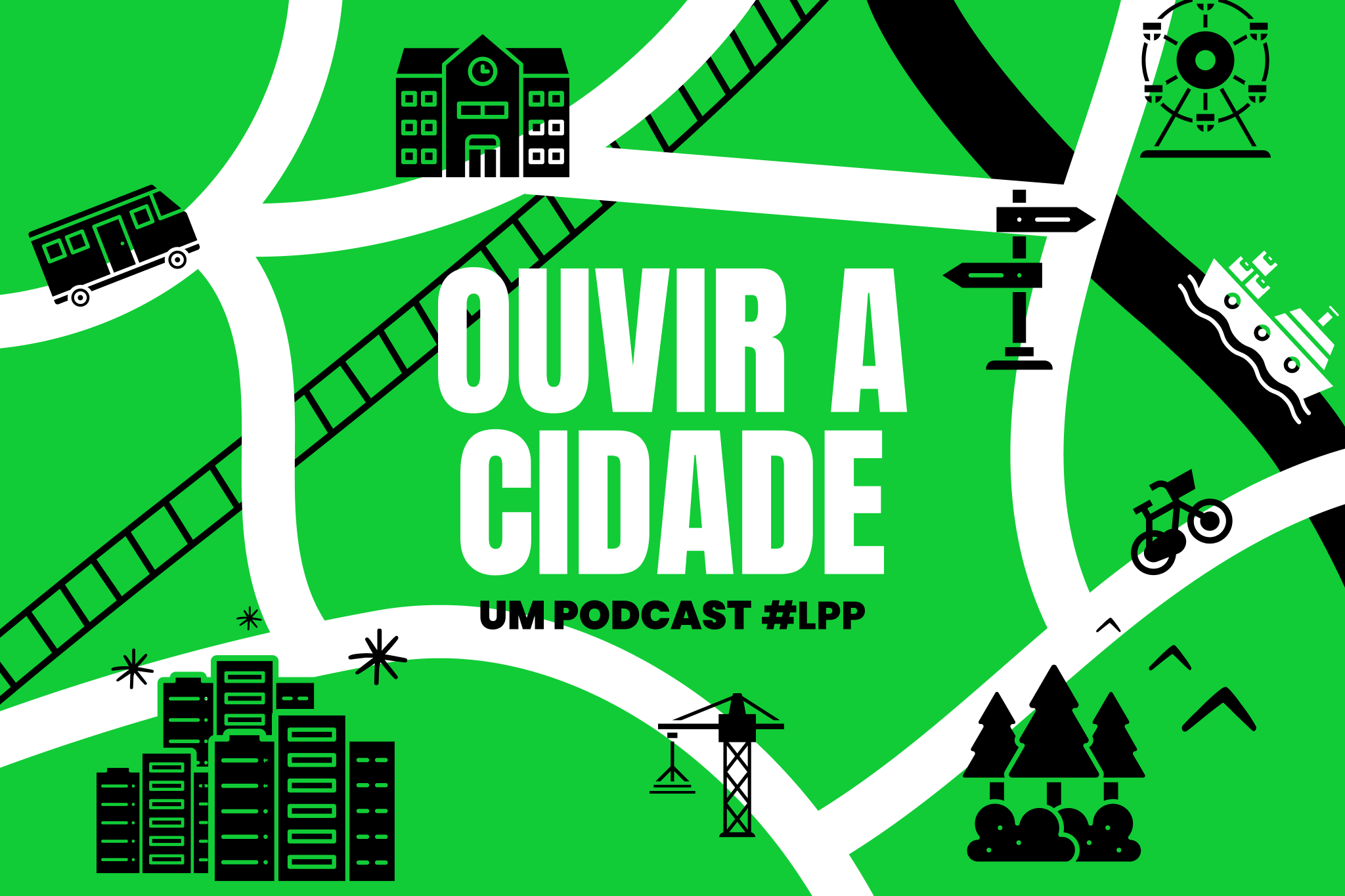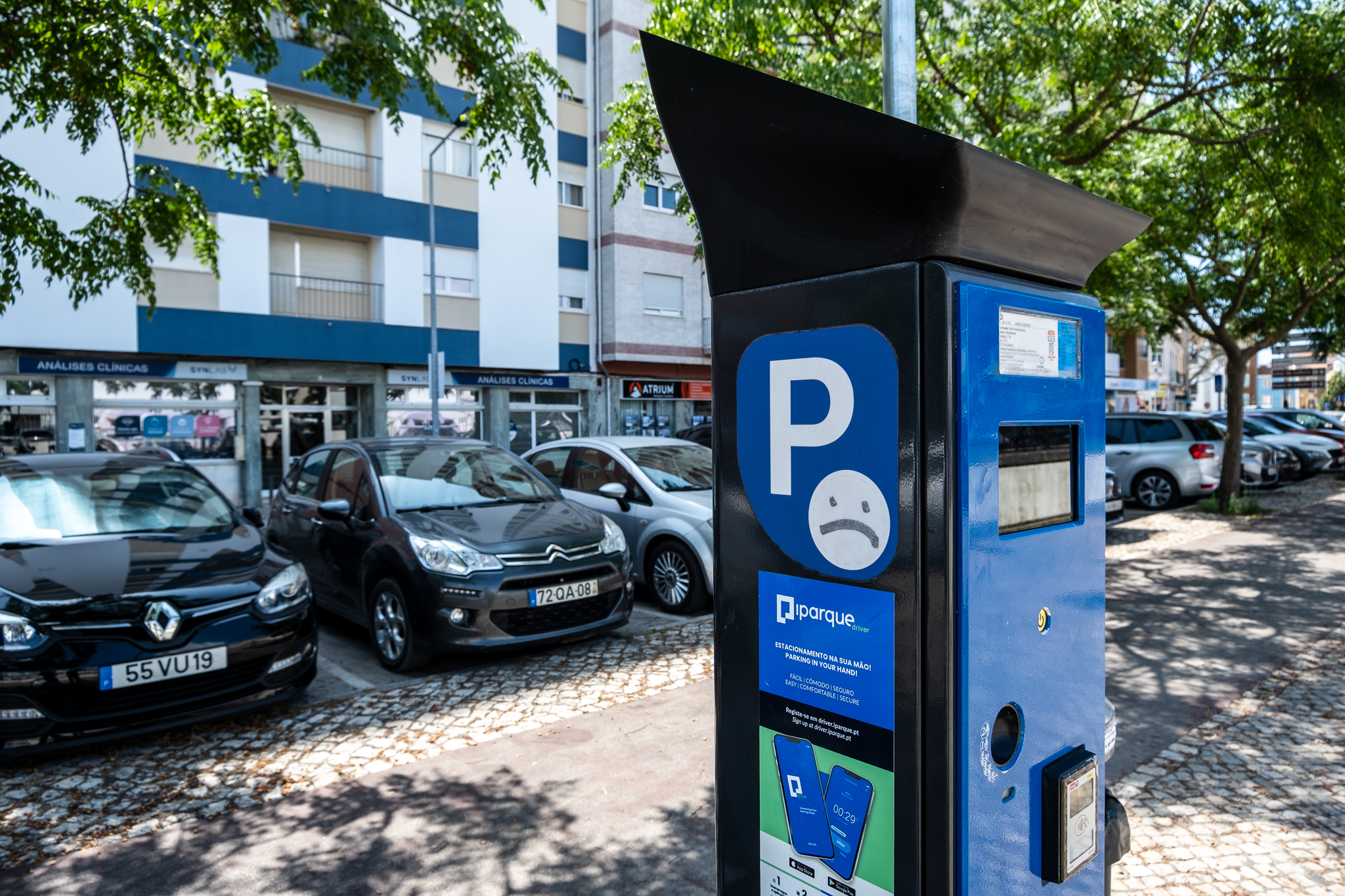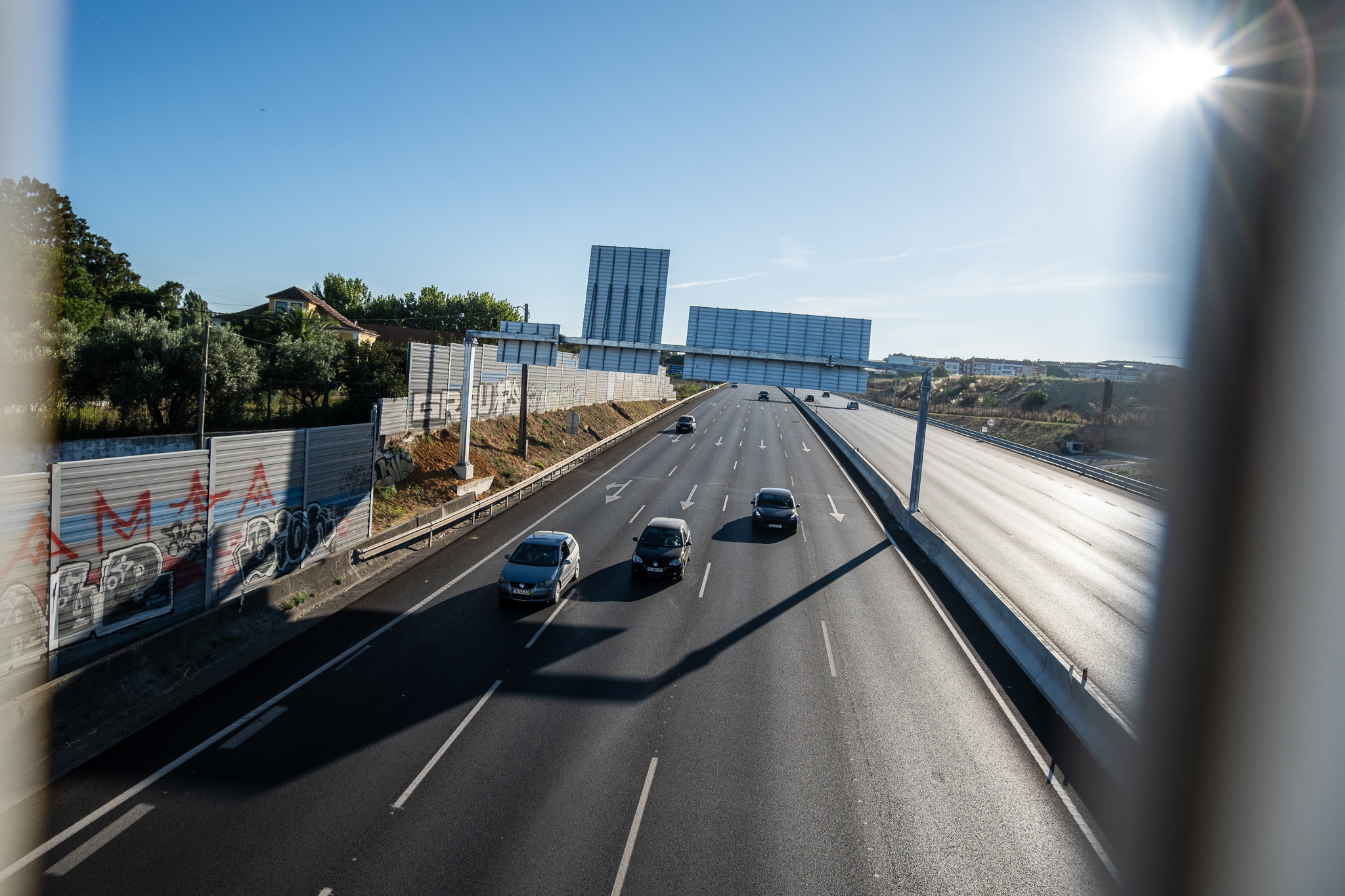Soon we will know exactly how many people circulate on Lisbon's bike paths. The installation of a total of 34 sensors throughout the city's cycling network has started.
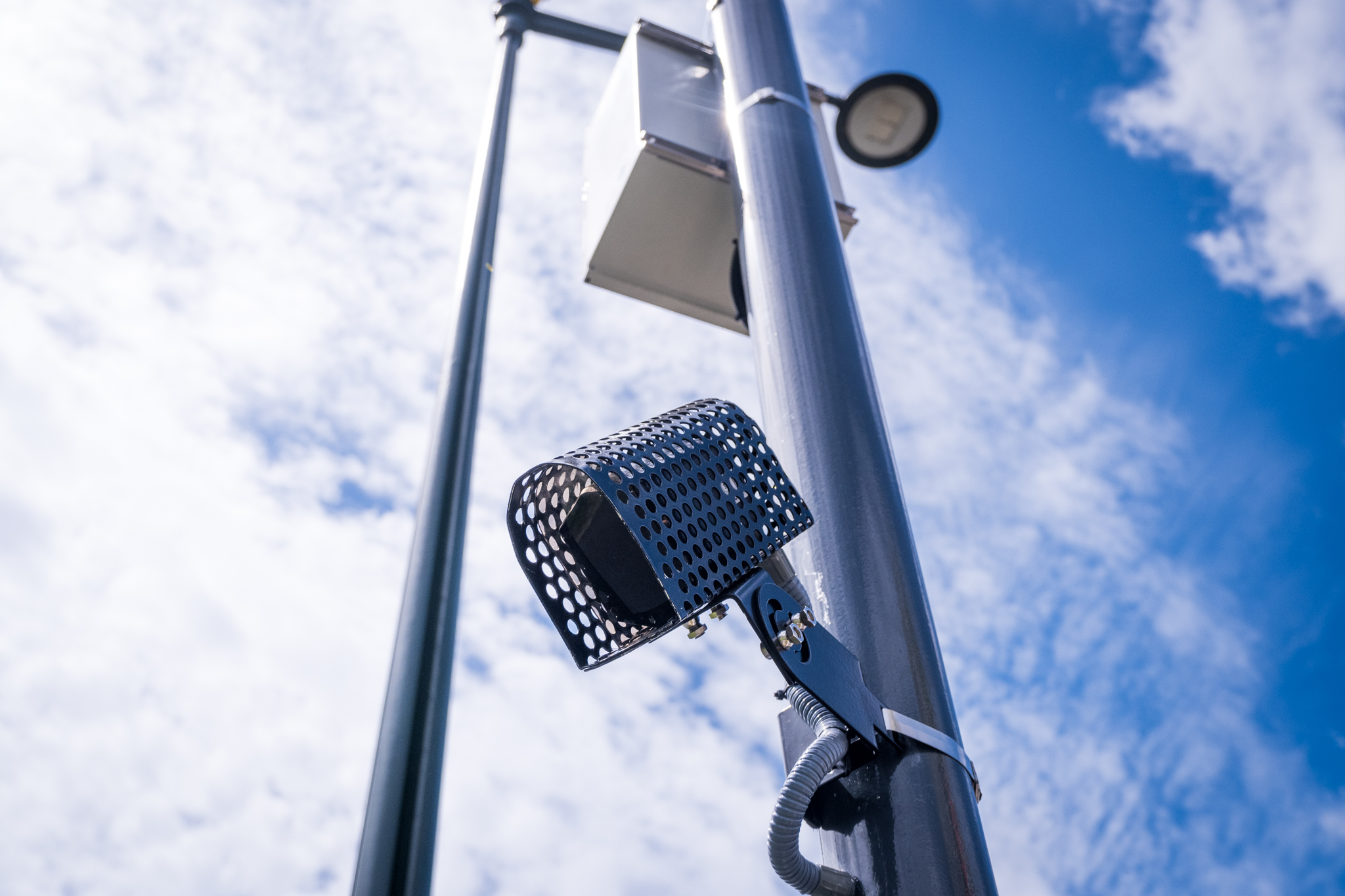
Soon we will know exactly how many people circulate on Lisbon's bike paths. The installation of a total of 34 sensors throughout the city's cycling network. We can see them in Campo Grande and along Avenida da República, one of the most popular axes, but also in the still unfinished bike lane of Avenida de Berna, in Avenida Lusíada or in the controversial Avenida Almirante Reis. The sensors consist of a tall pole and a small camera/radar pointed at the bike path; they are solar powered.
In addition to the 34 sensors, two screens will be installed that will display virtually real-time information about cyclist traffic in the city. These displays should show the amount of daily and annual ridership, as well as the savings in daily and annual (cumulative) carbon dioxide emissions. In total, this is an investment of 178.9 thousand euros on EMEL's side and is being carried out by the company Fernando L. Gaspar - Sinalização e Equipamentos Rodoviários, S.A.which won the public tender (worth 330 thousand euros), in which NOS, Siemens, CME, and Soltráfego also participated.
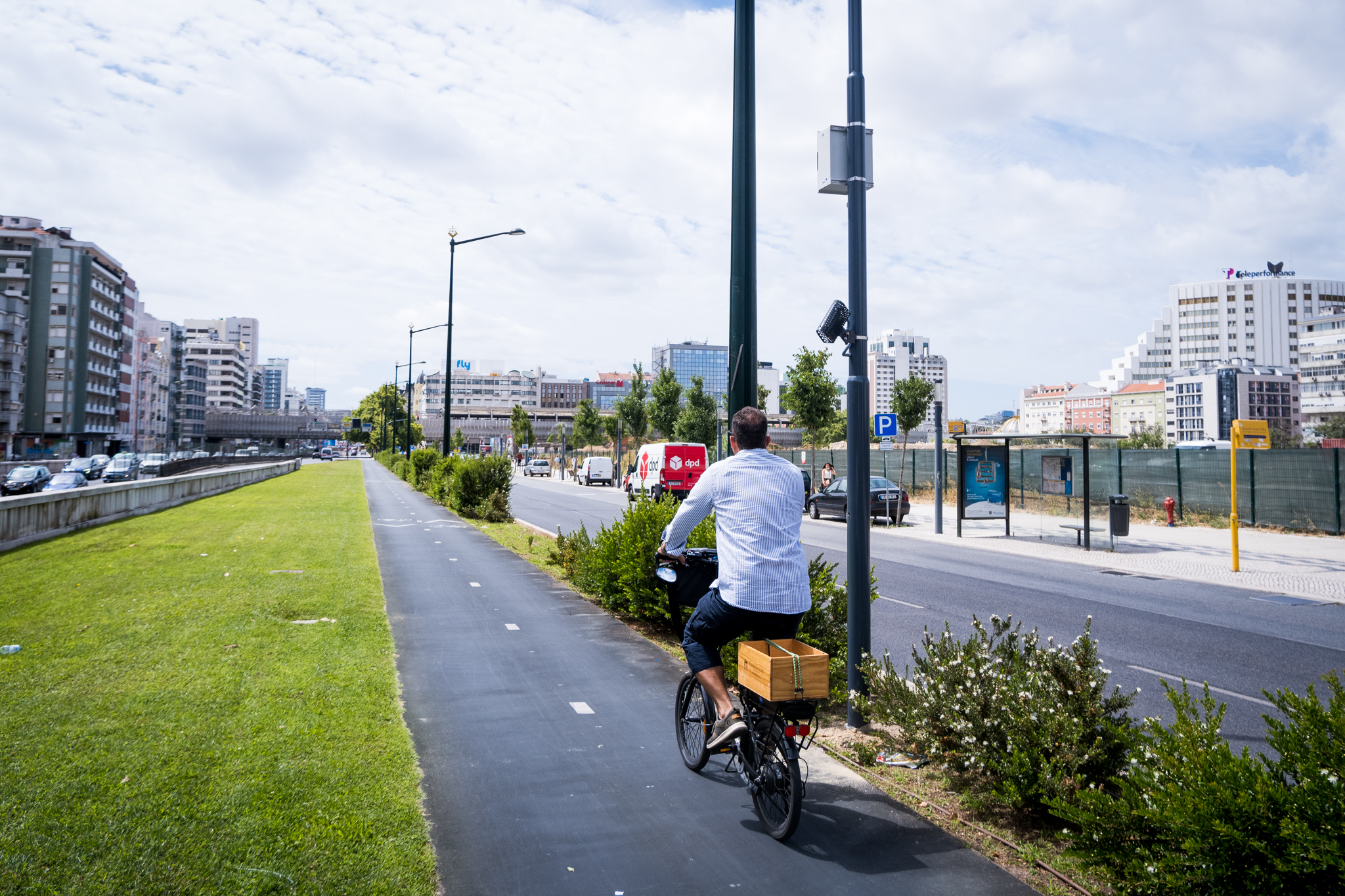
Currently, there is only one bike counter in Lisbon, located on Avenida Duque d'Ávila on the McDonald's side. This sensor data is public and have been showing an increase in the use of that section of bike path, especially in the last year. In March were registered 60,000 passes in that corridor, an all-time high; about 2,000 bikes a day pass through there, which is an 820% growth over 2016. The monitoring of the remaining bike paths is done manually, through observational counts, in May and October, by a team from Instituto Superior Técnico, which analyzes and interprets the results, producing a detailed report on how people are using Lisbon's cycling infrastructure.
According to the tender specifications, EMEL was looking for sensors that could be embedded in the sidewalk (like the one in Duque d'Ávila) or via camera/radar (the option that was eventually selected). "In case they are of radar or camera type, it is necessary that they are installed so that the detection is carried out reducing the counting error (...) and with a detection distance never less than 100 meters." The count error should be about 5%, as specified in the specifications.
The data from each of the 34 meters should be made available in open mode via API and the website EMEL Open Data, as already happens with other types of data. According to EMEL, this is the location of the bicycle counting sensors:
- Telheiras - Campo Grande Terminal
- Alameda dos Oceanos - CC Vasco da Gama
- Lusíada Avenue - Benfica Road
- Campo Grande Garden
- Riverside Cycle path - 25th April Bridge - Café In
- Avenida Marechal Gomes da Costa
- Alameda das Linhas de Torres
- Avenida General Correia Barreto (R Benfica)
- Military College Avenue
- Conde de Almoster Street
- Avenida do Brasil - Alvalade Woods
- Avenida de Berna - Plaza de España
- Plaza de España - Avenida de Berna
- Avenida dos Combatentes
- London Square
- Avenida Índia - Congress Center
- Avenida Infante Dom Henrique - Cruzeiros Terminal
- Almirante Reis Avenue
- Marquis of Pombal
- Av. 24 de Julho - Mercado da Ribeira
- Silver Arm
- Berlin Avenue - Viveiros
- Avenida do Brasil - Campo Grande
- Brasília Avenue - Champalimaud
- Avenida da Índia - CCB
- Antº. Serpa/Av. Júlio Dinis
- República - Av. Dq. D'Ávila/Pç. Saldanha
- Fontes Pereira de Melo - Sotto Mayor Palace
- Fontes Pereira de Melo - Sotto Mayor Palace
- Entrecampos - Campo Grande/Av. Forças Armadas
- Áurea Street
- Alameda dos Oceanos - JF Parque das Nações
The table and map below show the first planned locations for the sensors, as of March 2020 - however, there have been changes due to changes in the cycling network projects (for example, a bike lane was created on Almirante Reis and not on Gago Coutinho; the one on Avenida da índia did not go ahead and a bike lane was made on Avenida de Berna).
